A woody plant of the Berber Dereza, or Chinese Dereza, or Goji berries, or Common Dereza, or Barbarian Dereza, or Wolfberries (Lycium barbarum), is a species of the Dereza genus of the Solanaceae family. On the territory of China, this plant is called "Ningxia Gouqi", in translation this name means "Ningxiang Dereza", while for Europeans "gouchi" sounds like "goji". Such a culture in natural conditions is found in Tibet, Russia, China and the Himalayas. At the beginning of the 21st century, goji berries were advertised as a plant that has powerful healing properties and is able to cope with any disease, people are assured that a large number of trace elements and antioxidants are concentrated in such a culture. This culture was pretentiously called the "red diamond", "paradise berry" and "longevity berry". But numerous studies carried out by scientists have not confirmed this information, so goji juice cannot be considered healing.
Content
Features of goji berry
The goji berry plant is a deciduous shrub that is about 3.5 meters high, with a crown reaching 6 meters in diameter. The powerful root system penetrates into the deep layers of the soil and forms a large number of root suckers. There are many thin thorns on the surface of the yellowish drooping branches. The whole-edged simple leaf plates are small in size and elliptical in shape, they are painted greenish on top, and pale bluish below. The flowers are bell-shaped; they can be purple, pink-purple or violet-brown. They have a mild aroma. The fruit is a small oblong berry that reaches 20 mm in length, it can be colored orange, coral red or crimson. Such a shrub begins to bear fruit from the third year of growth, but in some cases this happens earlier.
Growing goji in the garden
Growing from seeds
You can propagate wolfberry by seed and vegetative method, in the latter case semi-lignified cuttings are used, reaching about 10 centimeters in length.
Seeds do not need prior stratification.In spring, before sowing, they are immersed in lukewarm water for several hours. During sowing, the seeds should be buried only 0.3 cm in a moist soil mixture, which includes loam and peat (2: 1). The container with crops must be covered from above with glass or film, then it is placed in a warm place (from 20 to 25 degrees). Remember that in no case should the soil mixture be allowed to dry out, and also protect the crops from sudden changes in temperature in the room. The first seedlings, as a rule, appear after half a month. After this happens, the plant should be transferred to a well-lit place, but they should be shaded from the direct rays of the sun.
After leaf plates grow on the bushes, they should be transplanted to a garden plot on a school bed. There they will grow within 1 year. For wintering, the plant should be well covered. In the spring, the grown seedlings can be planted in a permanent place. The flowering of such plants begins after 2 or 3 years, while the first fruits they will give only 4 or 5 years after transplanting into open ground.
Cuttings
If you want to propagate Dereza vegetatively, then it is best to use lignified old cuttings, because they give roots the fastest. The place of the cut in July or August must be immersed in a solution of a product that stimulates the formation of roots. Then the cutting is planted under a film or in a greenhouse. Until the last days of winter, rooting cuttings should be placed in a cool place, for example, taken out on an unheated veranda, a warmed balcony. In spring, cuttings are planted in open ground. You can grow such a shrub in absolutely any soil. However, it grows best in a well-lit area with well-drained, slightly acidic soil.
It is recommended to plant seedlings in open soil in the spring. The size of the landing pit should be 40x40x40 centimeters. When planting several seedlings, a distance of 1.5–2 meters should be observed between them. To fill the planting pit, you need to prepare a soil mixture, for this you need to combine the earth with 150-200 grams of superphosphate, 8-10 kilograms of humus (compost or peat) and 30-40 grams of potassium sulfate (wood ash). The soil mixture must be thoroughly mixed.
After the plant is planted, its root collar should be buried in the ground by 10-15 mm. When the planting hole is filled up, the soil surface in the near-trunk circle must be compacted. The plant is well watered, and after the liquid is completely absorbed into the ground, its surface is covered with a layer of mulch (peat, bark, humus or wood chips).
Goji Garden Care
Watering
In the first years, a young shrub of the common wolf must be very well looked after. The soil in the near-stem circle should not dry out completely, however, liquid stagnation in the root system should not be allowed, especially at low temperatures, since this can damage weak roots. In order to prevent a cold snap and during rains, the surface of the trunk circle should be covered with a film. An adult shrub is more resistant to drought and waterlogging; it needs to be watered only during prolonged drought.
Top dressing
In the first year after planting the seedlings, you do not need to feed them, because they have enough nutrients that were introduced into the soil during planting. In subsequent years, it is necessary to regularly add a mineral complex or compost to the soil of the trunk circle.
Pruning
Such a shrub needs regular crown formation, since it grows very quickly, while its height can reach about 3-4 meters. To increase the yield of the plant and make it more attractive, for this, during the first few years, you need to systematically prune the shrub, cutting out excess branches and stems.As a result, only the most powerful and equidistant from each other branches should remain on the plant, fruit arms are formed on them, and fruit branches grow on them. In subsequent years, these fruit branches are shortened, with no more than 4 buds remaining on each of them. This pruning helps stimulate growth. Most of the fruits are formed on last year's stems.
Until the height of the shrub reaches 200 cm, its lower branches will need to be tied to a support, because they should not lie on the surface of the ground.
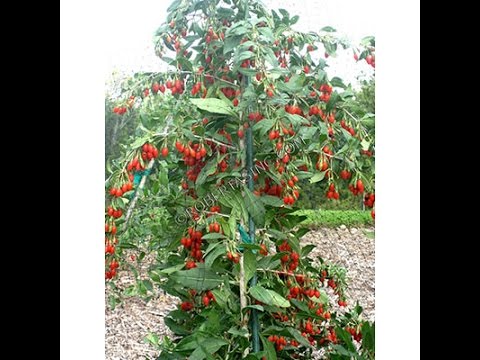

Watch this video on YouTube
Pests and diseases
For this culture, such pests are dangerous as: Colorado beetles, aphids and winter moth caterpillars. To destroy them, the plant must be sprayed with wormwood infusion.
Dereza vulgaris can get sick with late blight and powdery mildew. Most often this happens when the plant is not fed with wood ash. It must be introduced into the soil during the planting of the seedling, and if the first symptoms of any of the diseases are noticed, then the bush will need to be powdered over the foliage with wood ash. If this procedure does not give the desired effect, then the plant will need treatment with a fungicide.
Wintering
Such a culture is characterized by moderate winter hardiness, it can withstand a drop in air temperature to minus 15-25 degrees. But if the winter has little snow, then the bush may freeze a little. In this regard, in late autumn, it should be well covered; for this, spruce branches are used.
When cultivating varieties with low frost resistance, it is recommended to dig up a shrub in the fall together with a large earthy clod and plant it in a container. The plant will overwinter in a frost-free basement at low above-zero temperatures.
Goji collection and storage
After the fruits of the wolfberry turn into a deep red color, you can start collecting them. To do this, it is necessary to spread a cloth under the bush, onto which ripe berries will crumble when knocked down. Be sure to protect your hands with heavy gloves, because this plant is covered with sharp needles. Peeled from debris (branches, leaves, etc.) fruits should be scattered for drying under a canopy. After a while, all the stalks must be cut off from the berries, then they continue to dry in a shaded place. Remember that you can dry goji berries only in the fresh air; it is forbidden to use any technical devices for this. In order for the fruits to dry out evenly, they must be systematically turned over and mixed. When the skin on the berries peels off easily, this is a sign that the raw material is ready. For storage, such berries are removed in a glass or ceramic dish, which is tightly closed with a lid.
Fresh fruits can be frozen, after which they are placed in the freezer for storage. They are suitable for making pie fillings as well as drinks.
Types and varieties of goji
The common wolfberry plant is a species of the genus. However, this species has 2 varieties:
Dereza Tibetan (Lycium barbarum) or Tibetan goji
This form is highly productive. Flowering and fruiting of the bush begins in the first year after planting the seedling in a permanent place. The shape of the sweet fruits is drop-shaped, they are about 20 mm long and have a distinct nightshade flavor. However, this form also has disadvantages, namely, the wateriness of the berries and excessively large seeds.
Dereza Chinese (Lycium chinense), or Chinese goji
This shrub is more powerful and taller. Crispy fruits have an elongated shape and a sweet pleasant taste, they dry very quickly. The disadvantages of this form are low winter hardiness and late entry into fruiting.
In recent years, several varieties of common dereza have been created, which are quite popular among gardeners:
- New Big... This Polish variety is distinguished by its unpretentiousness, winter hardiness and rapid growth. The first berries appear on the bush in the year of planting. The rich orange fruit has a sweet and sour taste.
- Lhasa... This early Chinese variety is characterized by frost resistance and yield. The height of the bush is about 300 cm, on the surface of the arched branches there are a large number of thorns. The plant begins to bear fruit already in the second year after planting in open ground. The color of self-pollinating flowers is purple. The bright orange berries are oblong-ovoid, 20 mm long, and weigh from 2 to 3 grams. The taste of the pulp is sweet and sour with a subtle bitterness.
- Sugar giant... The height of the spreading bush is about 350 cm, it is resistant to frost and yield. The fiery orange fruits are about 25 mm long and have a very pleasant taste. This variety is also called the Tibetan barberry.
- Sweet Amber... This Chinese variety was born in 2016, it has a fairly high cold resistance, but is thermophilic. He quickly became very popular among gardeners. Such a bush does not cling to the supports, but it rests on them. The shrub is distinguished by its rapid growth, and its height can reach up to 250 cm. Its ripe fruits acquire a transparent amber color.
- Superfruit... Such a dense bush is distinguished by its photophilousness, its height is about 300 cm.The color of the berries is bright red. The plant begins to bear fruit 3 years after planting in open ground.
Goji properties: harm and benefit
Useful properties of goji
The fruits of the common wolfberry contain substances such as zinc, phosphorus, copper, iron, calcium, selenium, germanium, Beta-carotene, vitamin C, amino acids, polysaccharides, antioxidants, flavonoids, steroid saponins, thiamine, riboflavin and other useful for the human body elements.
In alternative Chinese medicine, such berries have been used in the treatment of diseases of the kidneys, liver, reproductive system and eyes. Berries help to reduce blood sugar levels, get rid of headaches and insomnia, eliminate the negative effects of menopause, strengthen the lungs, suppress candidiasis, prevent the development of diabetes mellitus, restore hormonal balance and urinary function, improve the activity of the hematopoietic and nervous system, restrain fatty degeneration of the liver , oppression of the pathogenic E. coli and other inflammatory processes in the body. Modern medical professionals in China conducted experiments, as a result of which it was found that the fruits of this plant are an aphrodisiac.
Nutritionists advise everyone who wants to lose weight effortlessly to eat these berries, as they help improve metabolic processes and blood circulation, and also help to accelerate the breakdown of fat cells and reduce the level of bad cholesterol. Creams, lotions and other cosmetics containing the fruits of the common wolfberry have a rejuvenating effect. As medicinal agents, infusion of foliage or berries of such a plant is most often used.


Watch this video on YouTube
Contraindications
There are people who have an individual intolerance to the fruits of Dereza vulgaris. They can also not be used by pregnant women, breastfeeding women, as well as children under 3 years old. A healthy adult is recommended to eat 25 fruits a day. If you have no contraindications to eating goji berries, you still need to consult with a specialist first.


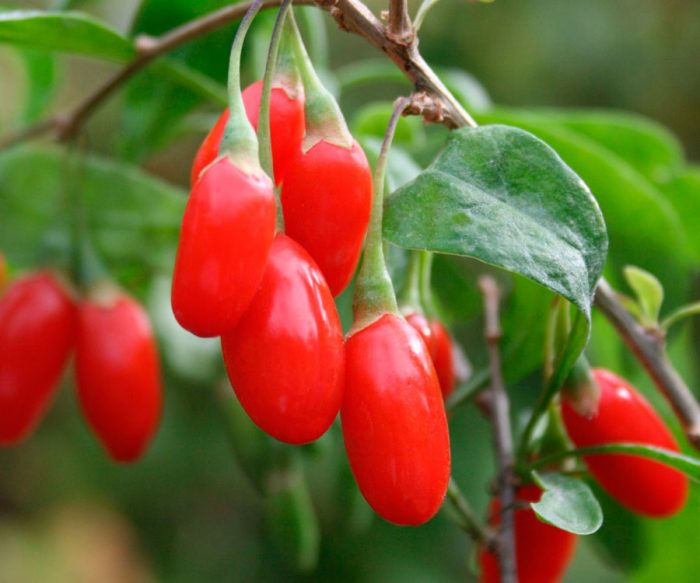
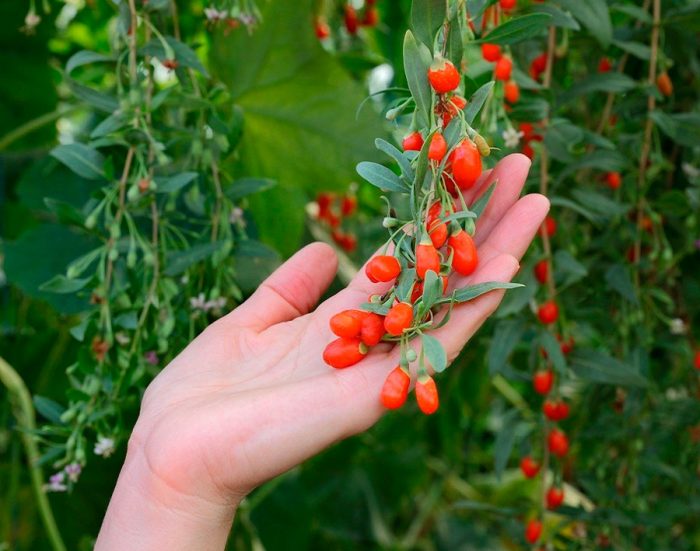
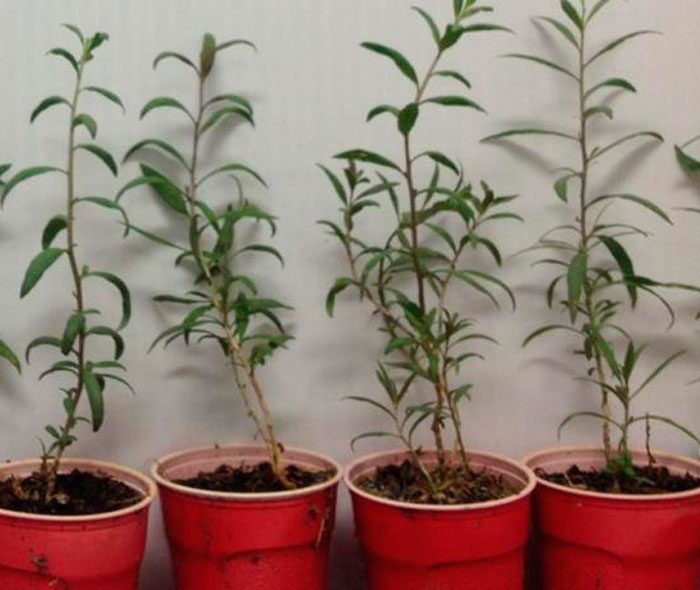
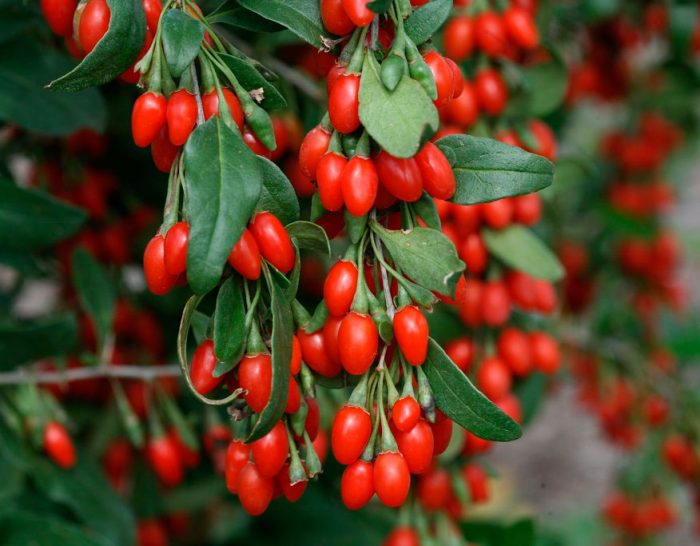
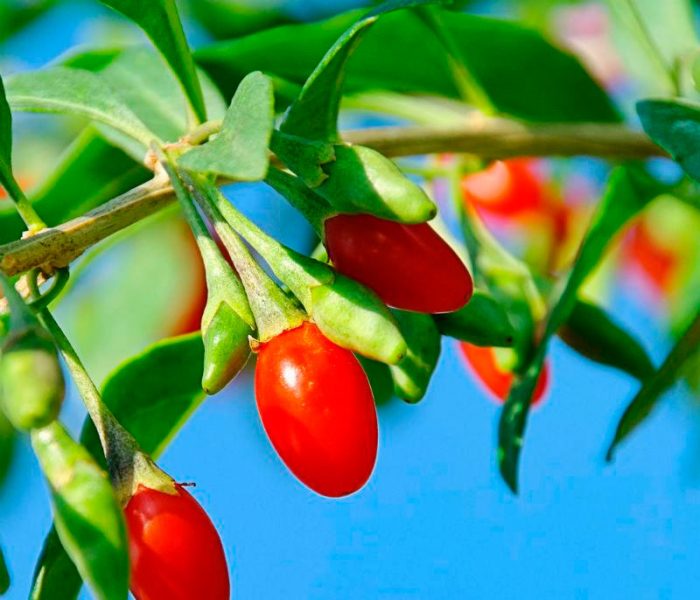
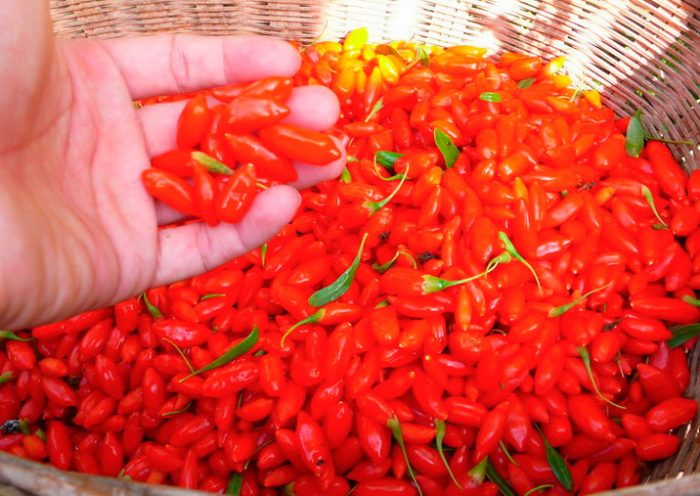
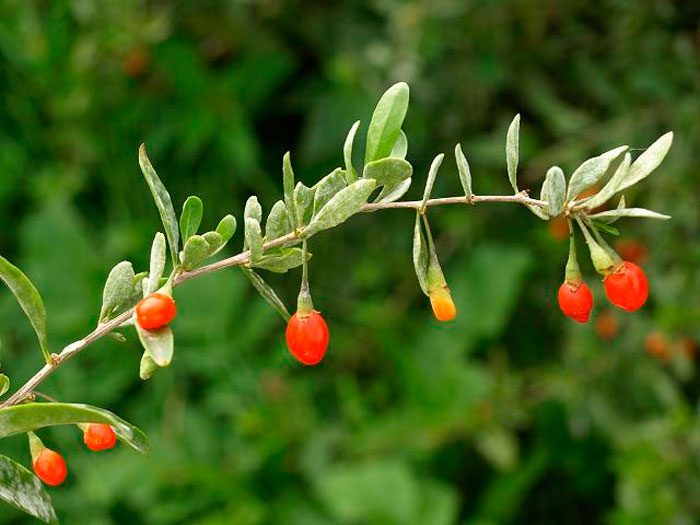
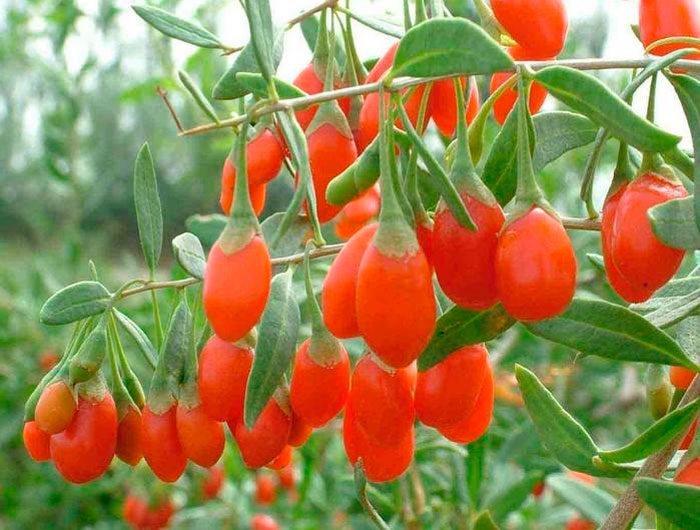
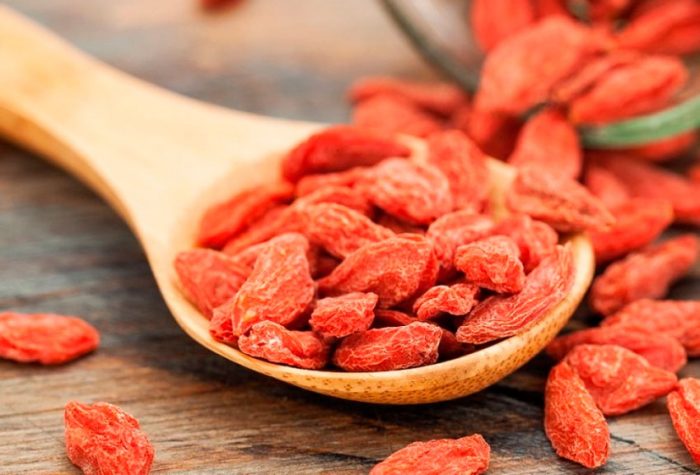

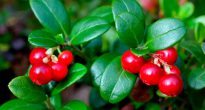



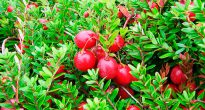
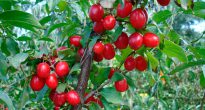



Some "scientists have not confirmed the healing properties of goji" - said so categorically as unproven! I have more than evidence figures. comparative graphs and diagrams based on the results of research on the useful contents of goji berries in comparison with the best in terms of healing berries of other crops. The difference is very, very impressive !!!
And the second: why millions of tons of goji berries are grown in China to this day, and, moreover, most of them go for domestic consumption. Why would pragmatic Chinese do this with a very labor-intensive food product?
Thanks for the comment. Where are those studies with graphs?